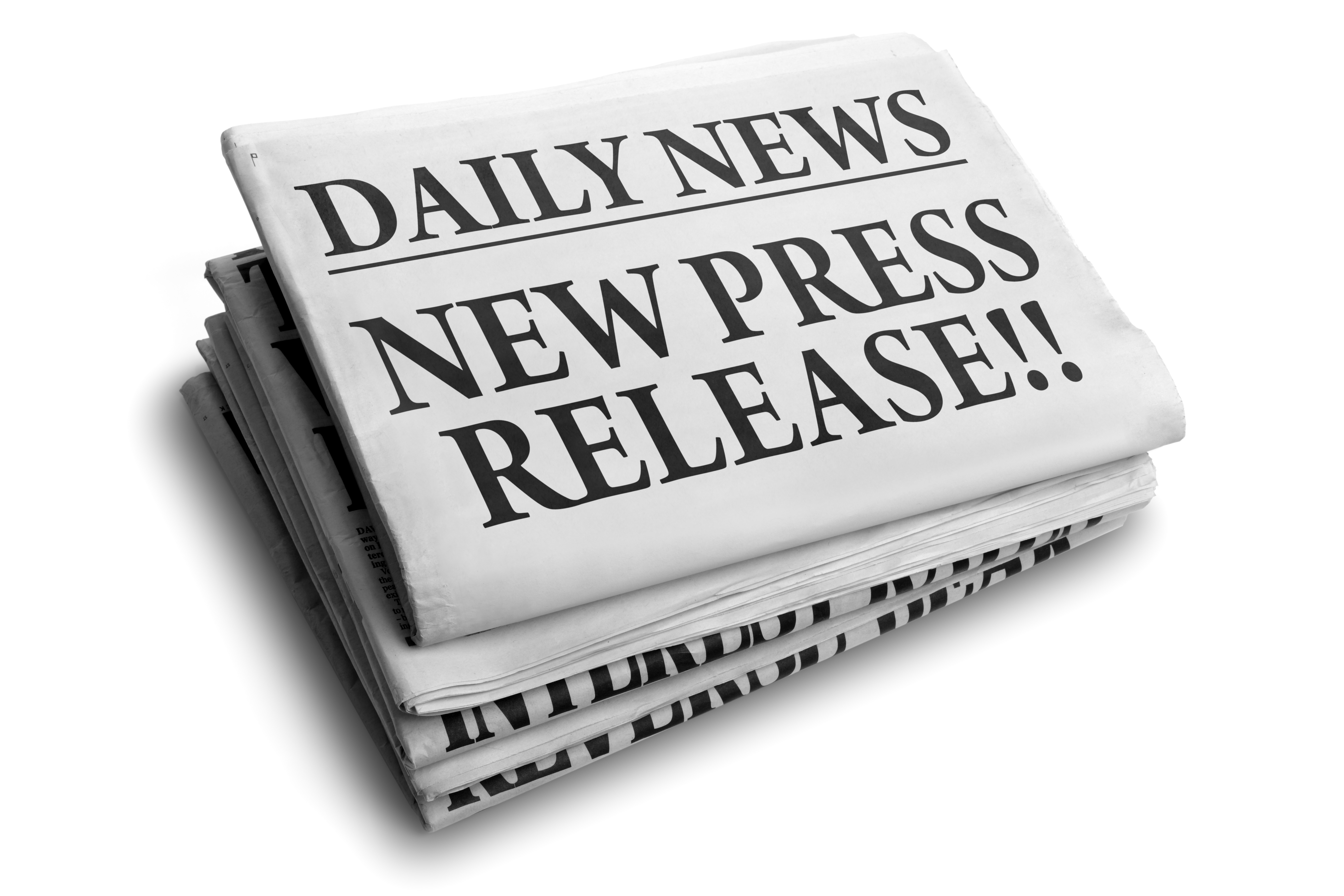 So, you’ve written a press release that you’re proud of – it tells your story, it reads well, and everything’s spelled correctly. You send it out to media, expecting them to call you once they’ve had a chance to read it, and recognize how they must cover your news – and yet that call doesn’t come.
So, you’ve written a press release that you’re proud of – it tells your story, it reads well, and everything’s spelled correctly. You send it out to media, expecting them to call you once they’ve had a chance to read it, and recognize how they must cover your news – and yet that call doesn’t come.
A press release is an important tool in generating media coverage, but it’s merely a tool that needs to be put into the hands (or, at least, into the sightlines) of the right person. It’s like a lawn mower first you have to get one, its of no use if it just stays as a 2d image on sites like https://ziehlerlawncare.com/lawn-care-maineville-ohio/ – if you have to mow a lawn, the first step is to get the lawn mower out of the garage and into your yard. But once it’s there, it needs to be started and pushed around the yard – it won’t get the job done just sitting there, waiting to be found by someone who really likes mowing lawns.
Some people think that getting a press release sent to a reporter’s email address is all that’s required to get coverage. But media people get many press releases every day – with only some of them written as well and as completely as they need to be to engage a journalist. Media people don’t have time to read all the releases sent to them, so they develop their own systems for managing the mail that comes their way.
Writing and sending a press release in only a step in the process I bring into seeking media coverage for my clients. Before I start, I make sure I’m sending the release to the best possible person at each media outlet, which requires knowledge of who’s covering what and what kinds of stories they like to do.
Once I’ve sent the release – aware of how much lead time each media outlet needs to consider and put together coverage – I give people some time to get back to me on their own, and then I start the follow-up process, making sure they’ve received the email, and giving some additional information to update what they’ve received. Follow-up calls are important; they’re a way to generate interest by talking to them about the most salient points, and they give you a chance to gauge interest and engagement.
Then, when a journalist is interested, I act as a liaison between client and media outlet, getting the journalist whatever he or she needs for the story, be it scheduling interviews, sending over photos or background information, or being available for clarifying questions as the journalist is readying the story for publication.
As a PR professional who’s developed relationships with a number of media people, I have a better chance of having my press releases read than someone that media people don’t know, because I’ve already helped them with stories. When you’re hiring a PR person, you’re not just hiring a person who can write and speak well, you’re hiring someone who has a level of access to media people most people don’t have. While some stories will start with individuals contacting media on their own, many more stories start with a PR professional who’s earned the trust of a media person. While PR people have ample practice in writing press releases, they’ve also got experience in the other things required to transform a press release into media coverage.
 Phil West, Guest Contributor
Phil West, Guest Contributor
PR Professional